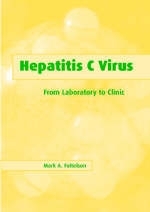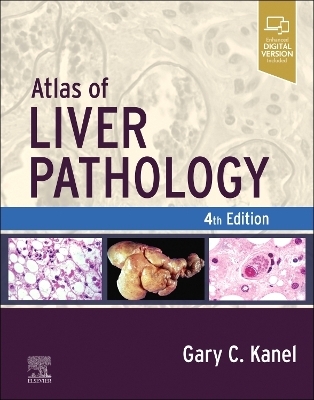
Hepatitis C Virus
Cambridge University Press (Verlag)
978-0-521-79959-1 (ISBN)
Hepatitis C infects 170 million people worldwide, and has been labelled the 'silent epidemic' as a result of its concealed attack on the liver. This multidisciplinary overview covers basic concepts related to the discovery of the virus, development of serological and nucleic acid tests to detect infection, the structure of the virus genome, generation of virus gene products, and proposed replication scheme. It then goes on to introduce the epidemiology, transmission, pathogenesis of infection, the development of hepatocellular carcinoma associated with chronic virus infection, and current strategies for treatment. The book then discusses advances in cell culture systems, animal models of infection, and emerging treatments and vaccine development. Through its coverage of basic science, clinical consequences, and methods of research, this integrated and accessible account will be of immense value to biomedical scientists and clinicians alike, and a useful introduction for all those studying the virus and its effects.
Mark A. Feitelson, Ph.D. is currently Professor in the Department of Pathology, Anatomy and Cell Biology. He has a secondary appointment in the Department of Microbiology and Immunology and is a member of the Kimmel Cancer Center at Thomas Jefferson University. In addition, he is head of the Molecular Diagnostics Laboratory in Microbiology for Thomas Jefferson University Hospital. Prior to his transfer to Jefferson Medical College, Dr Feitelson trained with the nobel laureate Dr Baruch S. Blumberg at the Fox Chase Cancer Center. Dr Feitelson has been working on the biology and pathogenesis of hepatitis B for more than 20 years, and has recently started a similar research program in hepatitis C.
Preface; Part I. Basic Principles: 1. Background; 2. The virus; 3. Epidemiology and transmission; 4. Natural history of infection; 5. Pathogenesis of infection; 6. HCV and hepatocellular carcinoma; 7. Extrahepatic sites for hepatatis C; 8. HCV and autoimmune diseases; 9. Clinical aspects of the disease; 10. Current therapeutic approaches; 11. NS5A and interferon resistance; Part II. Recent Advances: 12. Propagation of virus in culture; 13. Understanding the natural history of HCV; 14. HCV animal models; 15. Vaccine research; Part III. Experimental Approaches: 16. New systems to understand HCV biology; 17. New antiviral screening assays; 18. Antiviral gene therapy; Part IV. Protocols and Techniques: 19. Sample collection, preparation and storage; 20. HCV RNA in blood and tissue samples; 21. HCV RNA genotypes and quasispecies; 22. Replication of HCV in tissue culture; 23. NS3 protease, helicase and NTPase; 24. Characterization of NS5B; Part V. Outstanding Questions and Emerging Areas for Investigation; References; Index.
| Erscheint lt. Verlag | 28.3.2002 |
|---|---|
| Zusatzinfo | 13 Tables, unspecified; 9 Line drawings, unspecified |
| Verlagsort | Cambridge |
| Sprache | englisch |
| Maße | 174 x 248 mm |
| Gewicht | 582 g |
| Themenwelt | Medizinische Fachgebiete ► Innere Medizin ► Hepatologie |
| Medizin / Pharmazie ► Medizinische Fachgebiete ► Mikrobiologie / Infektologie / Reisemedizin | |
| ISBN-10 | 0-521-79959-7 / 0521799597 |
| ISBN-13 | 978-0-521-79959-1 / 9780521799591 |
| Zustand | Neuware |
| Haben Sie eine Frage zum Produkt? |
aus dem Bereich


